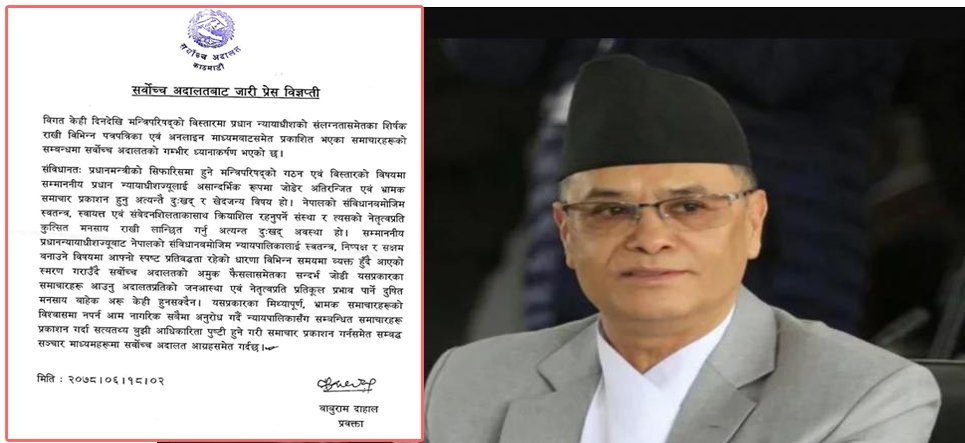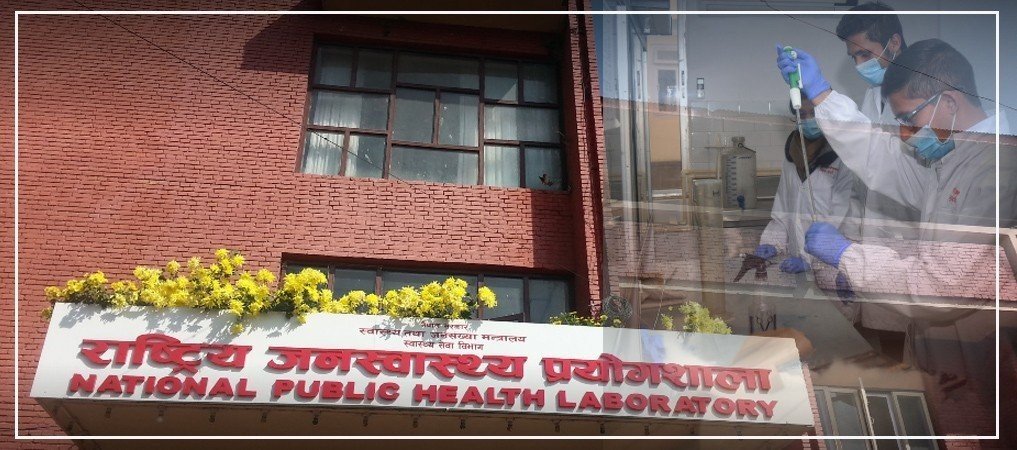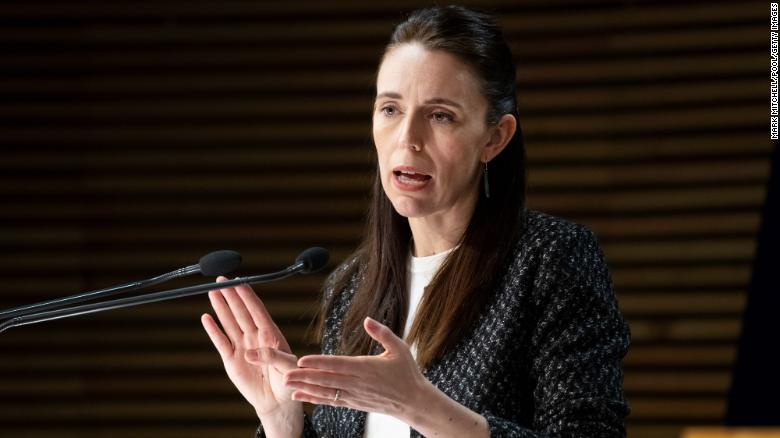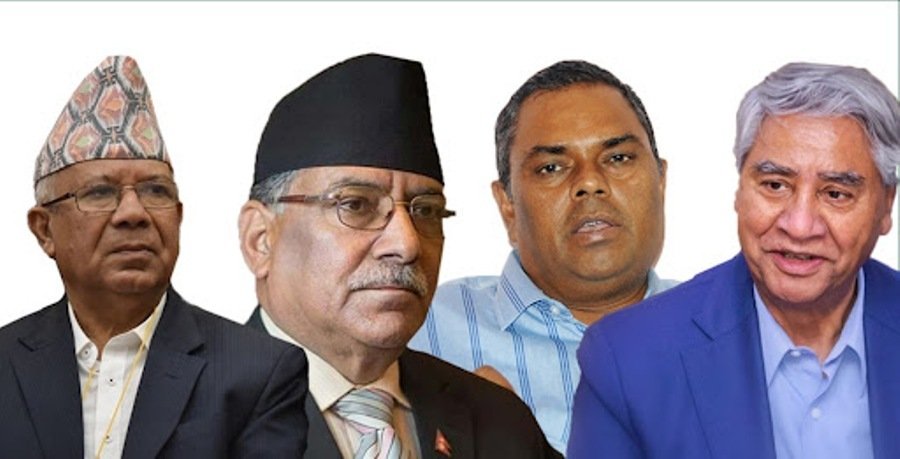Credit flow of commercial banks swings up by 11.8% amid mild deposit

By Ajay Chhetri, Kathmandu, Jan 26: Credit outflow of commercial banks swang up by 11.8 per cent during the first half of the current fiscal year (FY) while the deposit went up by 3.6 per cent.
Nepal Bankers' Association (NBA) data shows that the credit flow rose to Rs. 4,144 billion by mid-January from Rs. 3,706 billion in mid-July. While the deposit rose to Rs. 4311 billion in January from Rs. 4,158 billion in mid-July.
As the deposit remains sluggish, it has been consequently creating pressure on the liquidity management in the banking sector. The Nepal Rastra Bank (NRB) informed that excess liquidity- indicator of the level of liquidity - on January 25 flattened to Rs. 17 billion down from Rs. 120 billion at the beginning of the current FY.
Meanwhile, the rise in the deposits along with lending of the commercial banks had remained substantial in the first half of the previous FY. The NBA data revealed that deposits had gone up by 8.45 per cent while lending by 11.7 per cent in the previous review period.
However, at the current juncture, the rise of deposits is not gaining momentum, despite the rise in the interest rate on the deposit. The Banking and Financial Statistics (BFS) of NRB showed that the aggregate interest rate on deposits went up by 1.48 percentage points in the period from mid-August to mid-December. The aggregate deposit interest rate rose to 6.24 per cent in mid-December from 4.76 per cent recorded mid-August 2021.
The slow pace of the rise in the deposit partly seems to be the consequence of the decline in remittance and slow spending of the capital.
The remittance contracted by 6.9 per cent in the first five months in comparison to the same period of the previous FY.
Likewise, the government only spent 13.71 per cent of its capital expenditure in the first half of the current FY. Further, the support of monthly income in deposits has been scuttled by the sharp rise in inflation. The salary and wage index has slightly risen by 6.53 per cent but in parallel, inflation rose by 7.11 per cent in the first five months of the current FY.
NBA’s executive director, Anil Sharma, said that the existing deposits are miraculously depleting. He, however, expected that the consideration of rising interest on deposits will be yield results after mid-February. He added that money injected from refinancing facilities, stimulation of government expenditure, and inflow of remittance in the coming months may hopefully raise the deposit that could ease the liquidity management pressure.
Recent News

Do not make expressions casting dout on election: EC
14 Apr, 2022
CM Bhatta says may New Year 2079 BS inspire positive thinking
14 Apr, 2022
Three new cases, 44 recoveries in 24 hours
14 Apr, 2022
689 climbers of 84 teams so far acquire permits for climbing various peaks this spring season
14 Apr, 2022
How the rising cost of living crisis is impacting Nepal
14 Apr, 2022
US military confirms an interstellar meteor collided with Earth
14 Apr, 2022
Valneva Covid vaccine approved for use in UK
14 Apr, 2022
Chair Prachanda highlights need of unity among Maoist, Communist forces
14 Apr, 2022
Ranbir Kapoor and Alia Bhatt: Bollywood toasts star couple on wedding
14 Apr, 2022
President Bhandari confers decorations (Photo Feature)
14 Apr, 2022











